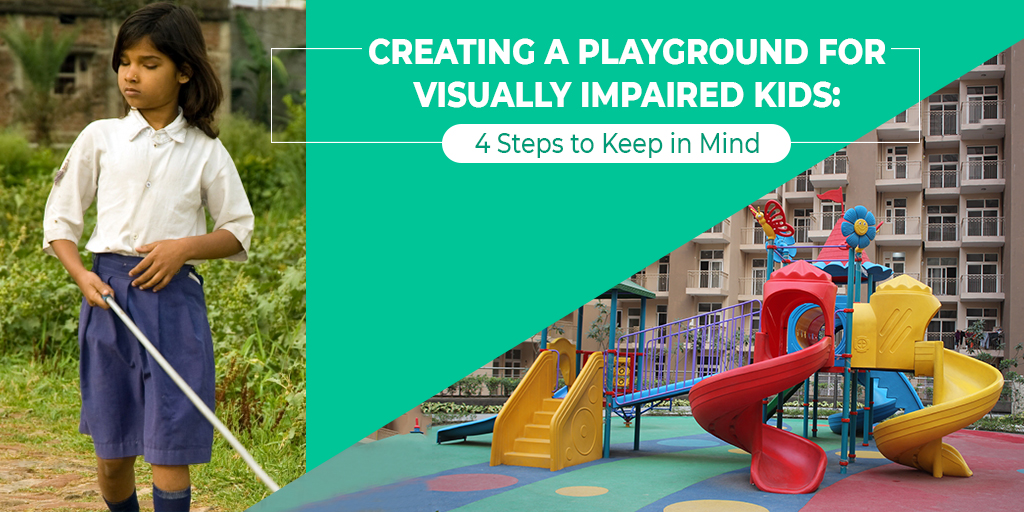
Creating a Playground for Visually Impaired Kids: 4 Steps to Keep in Mind
Children with disabilities shouldn?t be deprived of opportunities. This is why designing a playground for kids that are blind or have other visual impairments is essential. What?s more, outdoor play can aid in reducing stress and stimulate the senses, especially for kids with disabilities or behavioral issues.
Creating a playground for children who are visually impaired may seem like an impossible task for those who are not aware of the details of visual impairment. This blog is aimed at helping playground architects, schools, parents, or communities that want to design an all-inclusive playground.
1) Include Tactile Elements
A playground for visually impaired kids will depend on what these children can hear and touch.
Include play structures that can stimulate their senses of touch and encourage them to play. Play equipment such as a sensory maze can encourage teamwork and problem-solving.
Surfaces with grooves and bumps can help them indicate locations. They can serve as stimulants and assistance.
2) Set Safe Boundaries
When designing a playground, safety must be a priority, especially for kids with disabilities. Add brightly colored lines on the ground. This will help kids with low visibility. For children who are blind, physical textures on the ground?s surface can serve as alerts. To establish the border of the playground, a barrier or fence can serve as a simple solution.
?3) Add Sensory Play
You can add things like chimes and bells. These things can encourage sensory play in children and stimulate their senses. Another sensory play activity involves installing a raised sandbox or a water fountain. This can encourage play activities, communication, and social play.
Senses can also be activated with a sensory garden, that is filled with plants and flowers with unique smells, such as lavender. You can also add a music panel, such as a xylophone.
4) Make It Accessible for Everyone
Kids with vision impairment may have other kinds of disabilities. So, it?s best to design playgrounds that can be universally accessible. This way, even kids with physical disabilities can navigate the playground.
Add ramps that connect to different play structures. You can use a surface material that can accommodate wheels and feet alike. Also, don?t forget to accommodate benches, picnic tables, and seating areas that can accommodate kids, including the ones with mobility devices. This is useful for guardians or parents who accompany kids on the playground.
We hope you have gained some noteworthy insights from this blog. For decades,
Arihant Play has been helping communities design playgrounds that stimulate the mind and body by providing a large selection of outdoor playground equipment for kids of all ages. Our equipment is designed to both entertain and inspire kids and help them reap the benefits of outdoor play.
Feel free to
get in touch with us if you have any more queries. We look forward to hearing from you!

